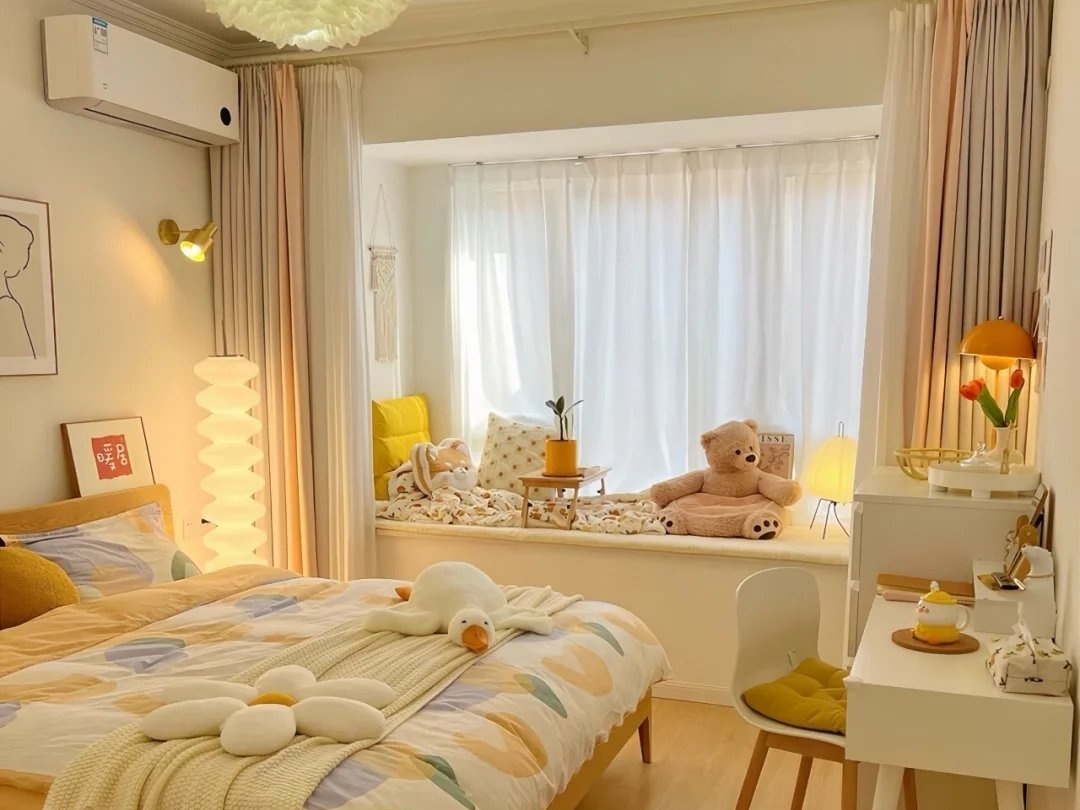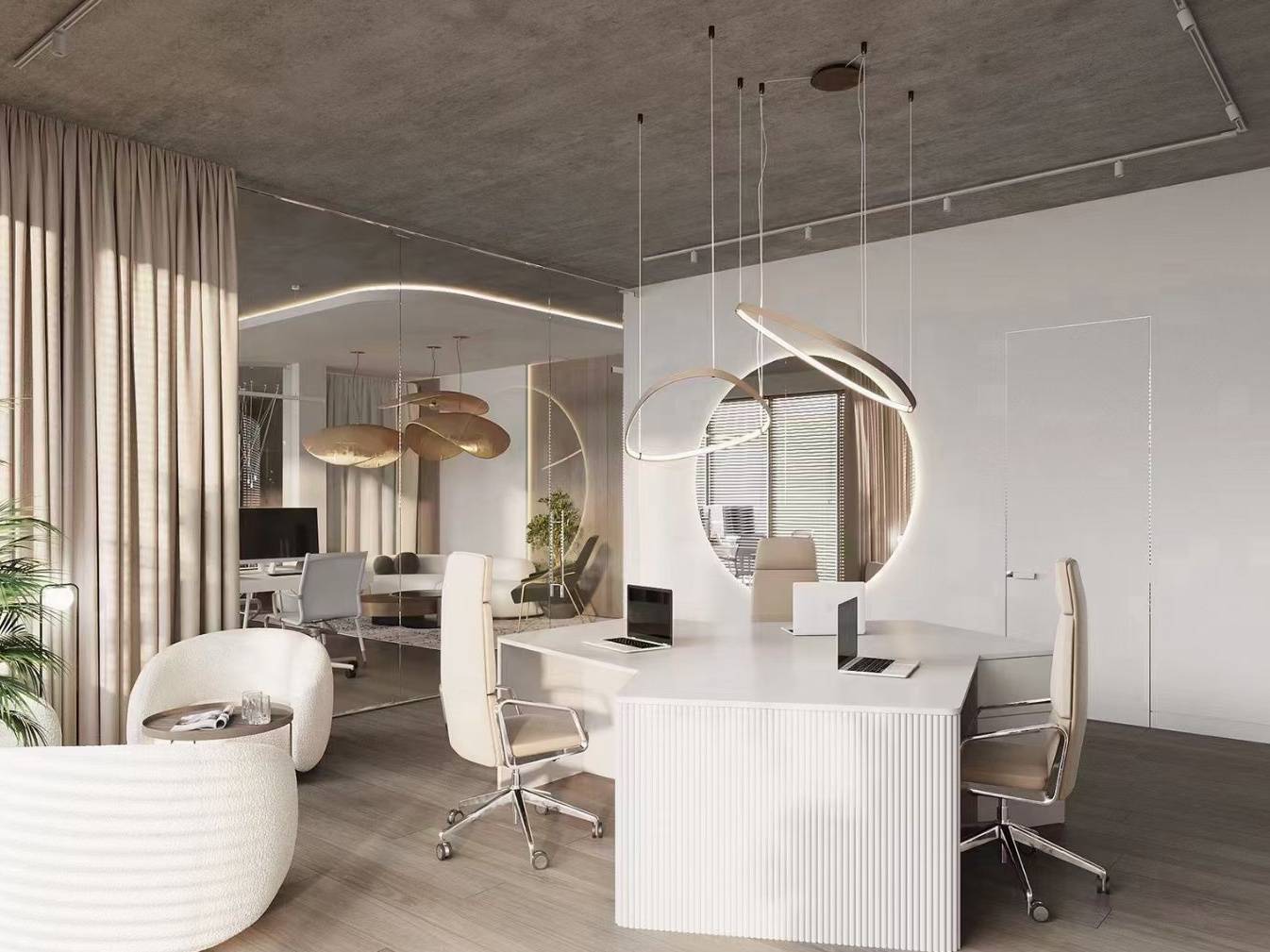The Original Manufacturer Of LED lighting
 RioTinto
RioTinto  2025-12-05
2025-12-05
Warm white light or cool white light or natural white light - that is the question. Choosing the right light bulb color is a decision that many people have to make. Many couples have probably debated this issue for a long time. What do 'warm white', 'natural' and 'cool white' mean? Does it mean the heat emitted by the bulb or something else? Don't worry, we'll explain everything you need to know!
When LED first hit the market, most emitted blue light and weren't always suitable for different types of applications. Many people were reluctant to use them in their homes because they were new, unproven technology and more expensive than incandescent or fluorescent lights. Fortunately, with improved specifications and lower costs, this technology is making a comeback. It is now more energy efficient and you can choose the color of the light emitted from the bulb.
The color temperature indicates the tint of white light emitted by the bulb, ranging from red to yellow to blue. Bulbs do not emit heat, but rather light that can be described by its color temperature measured in kelvins. The color temperature indicates the tint of white light emitted by the bulb, ranging from red to yellow to blue. Bulbs are available in soft, warm tones, neutral white, or crisp, cool light. This spectrum helps you choose the right colors for a room based on its function.


It is not necessary to make an either/or decision. You can use all types of bulbs in the same room, wire them to different switches, and then use them as needed. For example, you could install warm bulbs for overhead lighting and use cool and natural variants for task lighting. Warm white lights are great for the living room, bedrooms, and hallways. However, be cautious when using cool temperature bulbs as having too many of them can make your home look too intense. Therefore, it is important to carefully select the areas where you will install them. The kitchen, bathroom, and office are suitable for these color temperatures because they require clear and focused lighting for various tasks. Natural temperature bulbs are also ideal for task lighting without being too harsh, so they can be used throughout the home, including in the kitchen, closets, storage room, and office.
Instead of choosing between warm, natural, or cool white lights, consider where to place them. If you're looking for high-quality LED lights, visit our website!